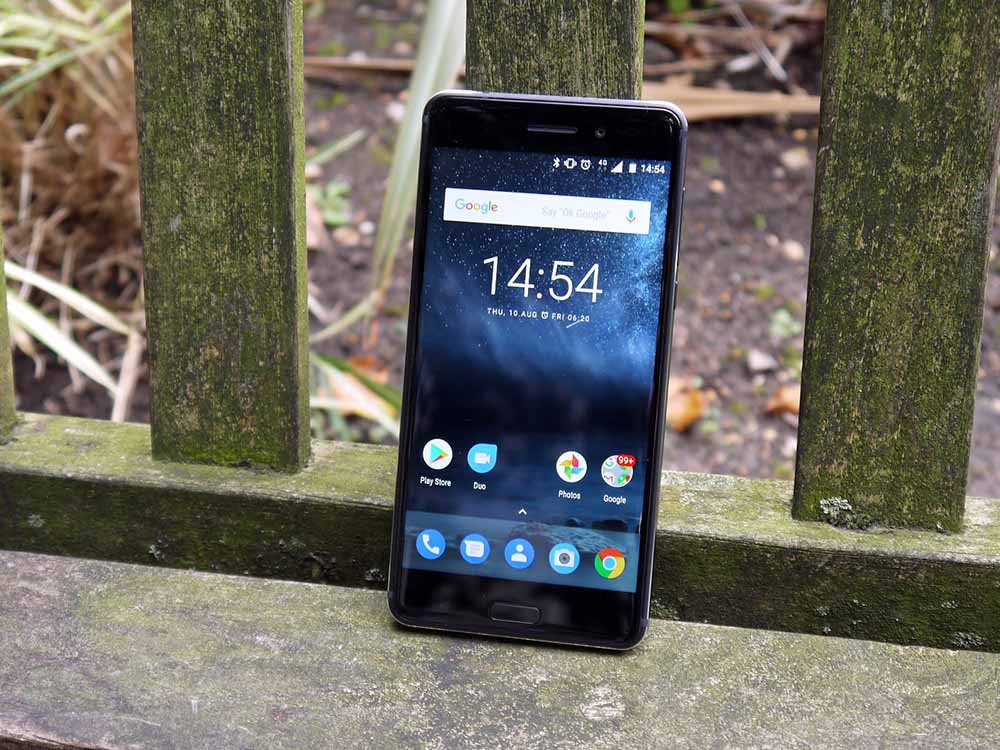Nokia 6 (2017) – A Resurgence of Classic Craftsmanship and Android Purity
The Nokia 6, released in 2017, was a pivotal moment in Nokia’s journey to reclaim its status as a leader in the smartphone industry. This device represented a return to classic Nokia craftsmanship, coupled with a commitment to a pure Android experience, resulting in a well-rounded and reliable smartphone.
Design and Build – Classic Nokia Craftsmanship
The Nokia 6 showcased classic Nokia design principles. It featured an aluminum unibody construction with a smooth matte finish that felt sturdy and comfortable in the hand. The device’s 5.5-inch Full HD IPS LCD display was protected by Corning Gorilla Glass, ensuring durability against everyday wear and tear.
One of the standout design elements was the device’s symmetrical design, with carefully positioned antenna lines. These lines not only served a functional purpose but also added a touch of elegance to the phone’s aesthetics.
Performance and Hardware – Efficient and Reliable
Under the hood, the Nokia 6 was powered by the Qualcomm Snapdragon 430 processor, coupled with 3GB or 4GB of RAM, depending on the variant. While not a powerhouse in terms of processing power, this hardware combination provided reliable and efficient performance for everyday tasks, such as web browsing, social media, and light gaming.
The device featured 32GB of internal storage, expandable via a microSD card slot, allowing users to store a decent amount of apps and media. Additionally, the Nokia 6 included a front-mounted fingerprint sensor for secure and convenient unlocking.
Stock Android Experience – Purity and Timely Updates
One of Nokia’s standout features was its commitment to providing a pure Android experience. The Nokia 6 ran on a near-stock version of Android, which meant no bloatware or unnecessary customizations. This approach not only ensured a clean and intuitive user interface but also resulted in faster software updates.
Nokia’s dedication to timely software updates was evident with its participation in the Android One program. This partnership with Google guaranteed regular Android updates and security patches, keeping the device up to date with the latest features and improvements.
Camera and Imaging – Capturing Life’s Moments
The Nokia 6 featured a 16-megapixel rear camera with phase detection autofocus and an f/2.0 aperture. While not the most advanced camera system on the market, it produced decent photos with accurate colors and good detail in well-lit conditions. The 8-megapixel front-facing camera was suitable for selfies and video calls.
Nokia’s camera app included various shooting modes and manual controls, allowing users to fine-tune their photography experience. While not a photography-focused device, the Nokia 6 offered a reliable camera for capturing everyday moments.
In conclusion, the Nokia 6 (2017) was a symbol of Nokia’s resurgence in the smartphone industry. It combined classic Nokia craftsmanship with a pure Android experience, resulting in a reliable and well-rounded device. While it may not have competed with flagship devices in terms of raw power, it excelled in offering a straightforward and dependable smartphone experience.











